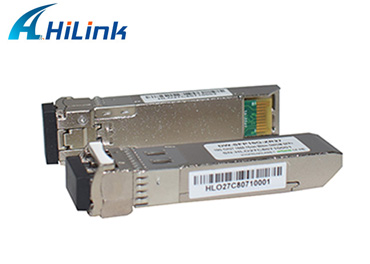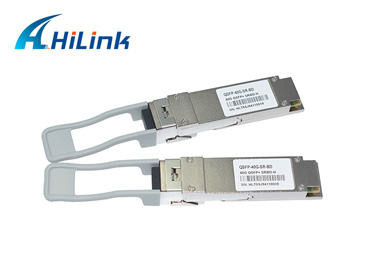Everything You Should Know About the SFP Module
May. 10, 2023
SFP, which stands for Small Form-factor Pluggable, is a hot-pluggable transceiver module that is commonly used in networking and telecommunications equipment. The SFP module can be easily plugged into an SFP port on a network switch or router, allowing for the transmission and reception of data over fiber optic or copper cabling. In this article, we will explore everything you should know about the SFP module, including its different types, uses, and benefits.
Types of SFP Modules
There are two main types of SFP modules: copper and fiber. Copper SFP modules, also known as SFP copper transceivers, are designed for use with copper cabling and can support data transfer rates of up to 1 Gbps. Fiber SFP modules, also known as SFP fiber transceivers, are designed for use with fiber optic cabling and can support data transfer rates of up to 100 Gbps.
In addition to these two main types, there are also a variety of different SFP modules that are designed to support different network protocols and data transfer rates. Some of the most common types of SFP modules include:
Gigabit Ethernet SFP modules: These modules are designed to support data transfer rates of up to 1 Gbps and are commonly used in Ethernet networks.
10 Gigabit Ethernet SFP+ modules: These modules are designed to support data transfer rates of up to 10 Gbps and are commonly used in high-speed Ethernet networks.
40 Gigabit Ethernet QSFP+ modules: These modules are designed to support data transfer rates of up to 40 Gbps and are commonly used in data center and enterprise networks.
100 Gigabit Ethernet QSFP28 modules: These modules are designed to support data transfer rates of up to 100 Gbps and are commonly used in high-speed data center and enterprise networks.
Uses of SFP Modules
SFP modules are used in a wide range of networking and telecommunications equipment, including switches, routers, firewalls, and network interface cards. They are commonly used in enterprise networks, data centers, telecommunications networks, and service provider networks.
One of the key benefits of SFP modules is their hot-pluggable design, which allows them to be easily swapped out or added to a network without having to shut down the entire system. This makes it easy to upgrade or expand a network without causing downtime or disruption.
Another benefit of SFP modules is their flexibility. Because they support a wide range of network protocols and data transfer rates, they can be used to connect different types of equipment and networks. For example, a fiber SFP module can be used to connect two switches over a long distance, while a copper SFP module can be used to connect a switch to a network interface card.
LC 40G QSFP+ BIDI SR4
Benefits of SFP Modules
Flexibility: One of the key benefits of SFP modules is their flexibility. They support a wide range of network protocols and data transfer rates, which allows them to be used in a variety of different networking and telecommunications applications.
Hot-Pluggable: SFP modules are hot-pluggable, which means they can be added or removed from a network without having to shut down the entire system. This makes it easy to upgrade or expand a network without causing downtime or disruption.
Scalability: Because SFP modules can be easily swapped out or added to a network, they provide a scalable solution for expanding a network as needed.
Interoperability: SFP modules are designed to be interoperable with a wide range of networking and telecommunications equipment, which allows them to be used in a variety of different applications.
For more information about the fiber optic transceivers, welcome to contact us at +86 755 2335 7706 or write to us at info@hilinktech.com. We will be happy to help you out!














